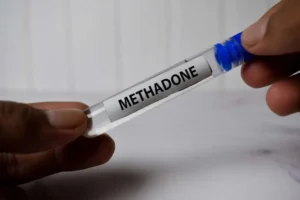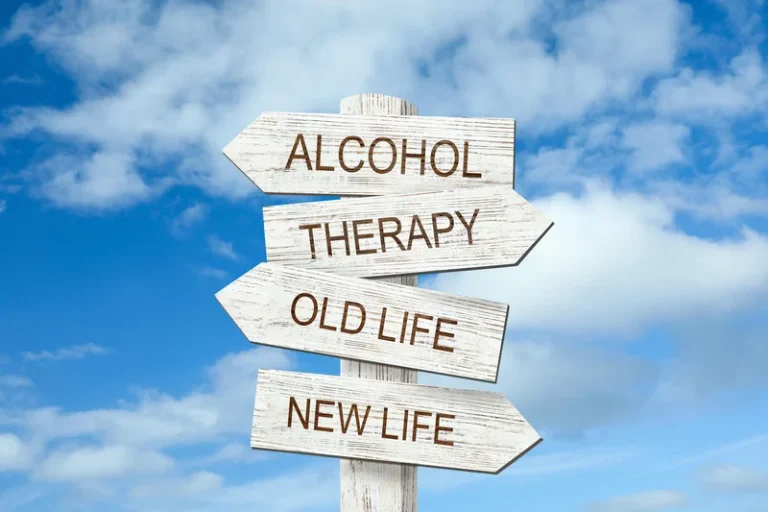
Only 8.7% of young adult alcohol dependents have ever sought treatment for their drinking problem. If they do choose to seek help, they tend to prefer 12-step programs over specialty treatment clinics or private professional practices. Young adult alcoholics are most likely to be male and not seek treatment. Sake’s fermentation process involves converting starches into sugars through the action of special koji enzymes added 5 types of alcoholics to a mixture of rice, water, yeast, and koji mold spores. The resulting mash (called moromi) matures over several days before receiving additional water and being pasteurized at high heat to stop any further fermentation activity. This second step not only prevents spoilage but also helps produces sakes with more complexity while keeping them at a lower ABV than spirits like whiskey or gin; typically between 16-20%.
The Five Types of Alcoholism
- An ale for instance needs just days to ferment while whiskey can take 4 years!
- Nearly 32 percent of alcoholics fall into the young adult category, making it the most prevalent subtype in the U.S.
- This group also tends to spend significant amounts of time recovering from alcohol, and many experience reduced activities due to drinking.
- Hearing the word “alcoholic” may cause a particular image to spring to one’s mind.
- This may be because alcohol interferes with executive functioning in the brain, which regulates and inhibits aggressive behavior.
- Multiple different reasons can spur someone to drink until they’ve become dependent on alcohol.
But ethanol is only one of the many types of alcohol found in nature. Learn more about the four major kinds of alcohol and their uses and effects. The answer to this question might surprise one, but it is no, such people cannot, at least not all on their own. Functional alcoholism can be overcome with time and treatment, but one cannot wish it away or take command of it through willpower alone. According to this study, even in highly-educated and high-functioning groups of men, alcohol abuse and dependence predicted the onset and cessation of alcohol-related problems. According to research sponsored by the National Council on Alcohol and Drug Dependence (NCADD), approximately 14 million American adults—or one out of every 13—suffer from an alcohol use disorder.
The Experience Blog

This group also is very likely to experience addiction to cigarettes, marijuana, cocaine, and opioids. They are not meant as a diagnostic to determine if someone is suffering from alcoholism. Rather, they are meant to further the study of alcoholism and guide future research and prevention efforts.
What Types of Alcohol Treatment Are Available?
- This group also experiences the highest alcohol-related emergency room visits, work and social problems, and withdrawal.
- About one-third of young antisocial alcoholics seek treatment for alcohol addiction.
They may find it extraordinarily challenging and suffer frequent relapses or give up the goal of sobriety completely. Others, whose drinking is only more recently affecting their lives to a significant degree, may be less affected by the stigma that surrounds the fact that alcoholism https://ecosoberhouse.com/article/causes-of-alcoholism-why-are-people-alcoholics/ changes personality. Typically, this type of alcoholism starts before the age of 25 (early onset). Alcohol abuse and criminal behavior, along with an inability to control their drinking or be abstinent from alcohol are strong associations with Type 2 alcoholism.
Functional Subtype
It also exhibits impairment of memory, cognition, and motor and sensory functions. Acamprosate, disulfiram, and naltrexone are three medications approved by the United States Food and Drug Administration to treat alcoholism. Doctors and other healthcare professionals prescribe these medications to discourage patients from drinking. They can be used alone or complement other treatments and counseling. If you identify with any of the definitions in this article, your concern about drinking may be justified.
Young Antisocial Subtype

Young adult alcoholics are the biggest subtype of alcoholics in the United States. These drinkers are about 24 years old, and their alcohol dependence started relatively early, around the age of 19. Young adult alcoholics also have low rates of co-occurring substance abuse and mental disorders and low rates of family alcoholism. They tend to drink alcohol less frequently than the other subtypes.
They may seem like neurotic, disagreeable people who lack self-respect. Many drink heavily, and they tend to experience more alcohol-related problems than other drinkers. Copers will likely experience long-term consequences from their avoidant behavior when they fail to address underlying issues. In many states, insurance companies and Medicaid now cover “telehealth” services.
- In many cases, you may not expect a functional alcoholic to have a problem.
- The incidence of mental health disorders is much more common within this type.
- Regarding health benefits, vodka can be beneficial when consumed in moderation due to its low-calorie content compared to other spirits such as rum or whiskey.
- Functional alcoholics make up 19.4% of alcohol-dependent individuals.
- Many also suffer from other mental illnesses, including major depression, bipolar disorder, social phobias and obsessive-compulsive personality disorder.
- Such severe consequences could be avoided, and alcoholics can start their lives in recovery.
Enter your phone number below to receive a free and confidential call from a treatment provider. Examples of support groups include Alcoholics Anonymous (AA), SMART Recovery, and Celebrate Recovery. Regular meetings can help you stay strong in your recovery and stick to important goals.
What Are the Symptoms of Alcoholism?
Their alcoholism usually manifests by the time they are 18 or 19, and more than half come from families with alcoholism. Distilled alcohol is created through a process called distillation, which separates the molecules of a liquid based on their boiling points. This means that when heated, some molecules evaporate faster than others, allowing them to be collected and blended into concentrate. Through this process, it’s possible to create alcoholic drinks with distinct tastes and aromas which are higher in alcohol content compared to their non-distilled counterparts. Common distilled alcoholic drinks include vodka, rum, whiskey, and gin. Distilled alcohol is fermented ethanol that has been put through a distillation or purification process.
